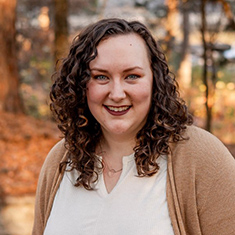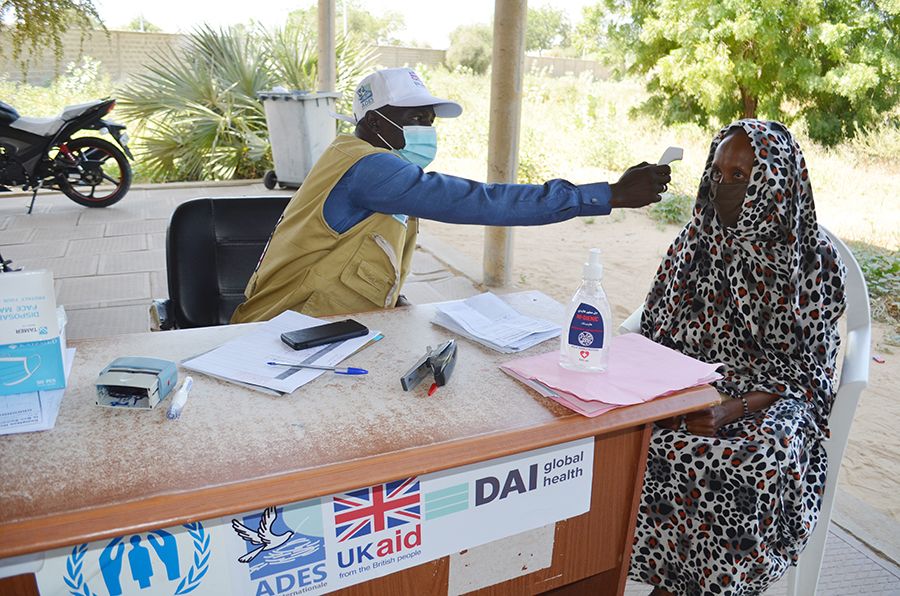Crisis or no crisis, gender-based violence—including sexual exploitation, abuse, and harassment (SEAH)—takes place where there is a combination of opportunity, rationalisation, motivation, and power imbalance. But crises tend to exacerbate the inequalities that favour these conditions. Depending on the nature of the crisis, we may see different trends in gender-based violence: the well documented increase in domestic violence during the COVID-19 pandemic, for example, or an uptick in sexual exploitation during humanitarian crises, or of child marriage during forced displacement.
At the same time, such violence may be less publicly visible—as, for instance, when sexual harassment and workplace bullying move to social media. SEAH may also be less well-reported in crisis contexts as the normal channels for raising concerns are less obvious or available, and fewer people are around to witness and report incidents. Research on crises in Rwanda, the Balkans, the United States, and elsewhere shows that gender roles can become more polarised as communities try to assert some sense of normality. This phenomenon extends to the workplace, where notions of acceptable behaviour shift as people engage in (often) misguided nostalgia for “tradition”—the perceived security of entrenched norms.

Sarah Maguire, testifying about sexual harassment in front of the UK Parliament International Development Committee in 2018.
Crises, therefore, call on all of us to review, refresh, adapt, and strengthen our safeguarding measures.
During the COVID-19 crisis, in particular, populations across the world have had their movement restricted. Access to all forms of public space—work, street, social hubs, places of worship, schools, shops—is constrained, which has a significant impact on how we interact. For development organisations such as DAI, these restrictions have three main implications: a) poverty and inequalities are exacerbated and surfaced; b) our teams’ homes (like those of our counterparts in government and civil society) are now also their work environments; and c) our teams and partners may be unable to work directly with communities or counterparts. In the post-COVID environment, we will have to adapt how we work—and safeguarding is no exception.
What Changes are We Seeing?
- SEAH shifts to the private sphere. For many, particularly children and women, the home is the least safe place in their lives. Women who had jobs outside the home are now confined to this place of danger, either laid off (as day workers, for example) or employed at home (as garment workers, for example). Restrictions make children more vulnerable to sexual, physical, and emotional abuse by family members. Online bullying and abuse can become more prevalent, although victims are often reluctant to tell anyone what they have experienced.
- Peer scrutiny diminishes. In a normal workplace, the opportunity for online abuse, consumption of pornography, or sexual harassment is reduced by the mere presence of others—particularly where there is positive leadership. At home, these mitigating factors are absent. Indeed, many workers will have more access to their laptops and phones even out of office hours, which can then be used for abuse, harassment, or exploitation.
- Reporting levels drop. Anecdotal evidence shared with the Safeguarding Leads Network suggests that organisations across the sector have seen a decrease in SEAH reporting during the COVID-19 crisis, likely due to a combination of factors: the lack of constant reminders about the boundaries of acceptable behaviour and how to report malpractice; government preoccupations with addressing the disease; women putting their own needs last, as evidenced in previous pandemics; marginalised people generally having poor access to information or communication technology; and the absence of development workers as conduits for reporting. It could also be that people assume that investigation and response have gone into abeyance during the crisis.
- Safeguarding needs change. The pandemic changes the safeguarding risks faced by community members, partners, and counterparts in context-dependent ways, be this the widespread reluctance to report symptoms of COVID-19 for fear of stigma, or more specific examples such as the obligatory return of children from Almajiri institutions in Northern Nigeria to their states of origin. It has also exacerbated existing risks, such as the lack of public services in overcrowded, urban areas or the danger of sexual violence for female migrant workers deprived of jobs in cities and compelled to walk long distances back to their homes in rural areas.
How Should We Respond?
- Hold firm on the basics. DAI frequently reinforces the key messages of safeguarding—no sex with children (under 18), no buying sex, no bullying or harassment, mandatory reporting, no retribution, all reports investigated. It is important to underscore a zero tolerance policy, especially during the pandemic.
- Ensure that reporting, investigation, and response mechanisms are in place, communicated, and adjusted to the context.
- Re-evaluate safeguarding risks. As communities are forced into (and out of) isolation, government measures may become more restrictive or even discriminatory, and local human rights defenders and service providers face constraints. Analyse these emerging trends in inequalities through a safeguarding lens.
- Support civil society organisations (CSOs). Many CSOs (particularly women’s organisations) have unparalleled knowledge of and access to vulnerable communities, enabling them to put in place culturally appropriate safeguarding measures.
- Enforce the victim/survivor-centred approach. At DAI, this means that the interests of the victim/survivor and the prevention of further victimisation come first. The organisation’s reputational, financial, or programming interests never take priority over those of the victim/survivor or prevention of further incidents.
- Review and strengthen recruiting, vetting, and due diligence measures in preparation for a return to fuller mobilisation to ensure that recruitment closes the door on perpetrators of SEAH.
- Maintain ethical measures in programming. For instance, in conducting research, be aware of risks to young people that may arise through using online fora and give space for raising safeguarding concerns safely.
- Enshrine digital security measures. At DAI, corporate laptops, phones, and other devices are controlled by the organisation and staff are trained and briefed how to protect themselves and others from cyber-insecurity. Preventing the collection or storage of data that puts people’s dignity at risk is crucial at this time.
- Allocate resources. Appoint safeguarding focal points and ensure that programme budgets accommodate safeguarding measures, emerging safeguarding needs, and training for all team members on the organisation’s safeguarding policies, reporting, and response mechanisms.





